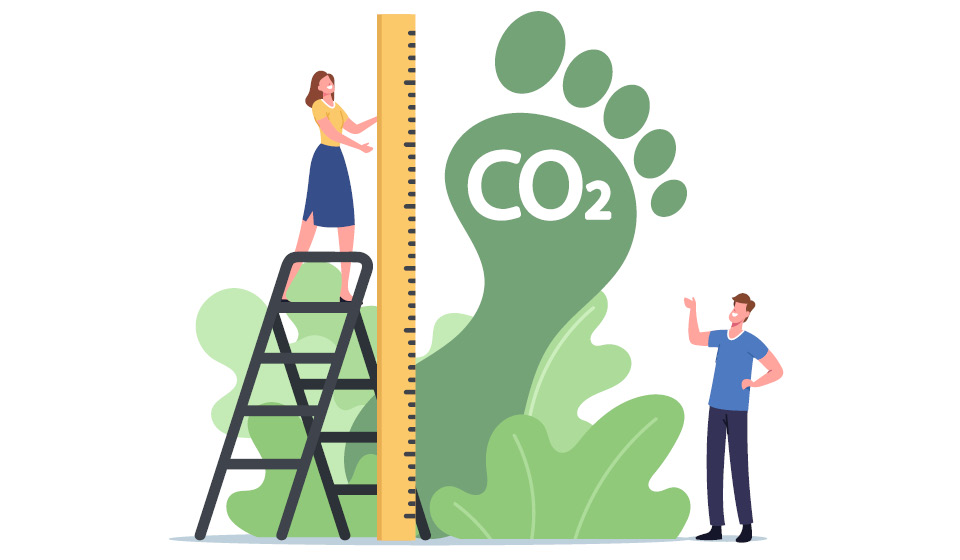
The overuse of natural resources is pushing the Earth's environmental systems to their limits. However, the transition to efficient resource use is a long process. Switzerland is also working on this.
In order to evaluate efforts and progress on the environmental footprint, the Federal Office for the Environment (FOEN) relies on a wide range of footprint indicators. They can be used to calculate the extent to which the consumption of goods and services impacts the environment. The entire life cycle of a product is taken into account. A new study conducted on behalf of the FOEN shows that Switzerland's environmental footprint is decreasing, but substantial progress is still needed.
Total environmental impact per capita has decreased
The study commissioned by the FOEN examined the development of environmental footprints from 2000 to 2018. It shows that the total environmental footprint per capita decreased by a quarter (26%) between the years 2000 and 2018, from 35 million environmental impact points (UBP) to 26 million UBP. A reduction was observed in all footprints calculated in the study. The only exception was the biodiversity footprint. Thus, the pressure on biodiversity increased by 8% during the reporting period. According to the study, the foreign share of the biodiversity footprint, which is mainly due to the consumption of imported goods, grew from 58% in 2000 to 70% in 2018. This more than compensates for the decline in the domestic biodiversity footprint.
Stress limits of the planet are exceeded
Current levels far exceed the planet's stress capacity, and the progress made in recent years is not enough. Based on Switzerland's environmental targets and legal limits, the overall environmental impact would have to be reduced by about two-thirds compared to today, according to the study. Without improvements, the effects and costs of environmental pollution will be passed on to future generations.
All players must make a contribution. Industry can start at numerous points to find alternatives to resource-intensive products. Science has a leading role to play in developing innovative solutions. Consumers, on the other hand, can change their travel and eating habits.
Federal government wants to reduce environmental impact
The Confederation is taking numerous measures aimed at reducing its environmental impact. These include the action plan against food waste, the specialist unit for ecological public procurement and the development of measures to strengthen resource conservation and the circular economy, as well as the Climate Strategy for Agriculture and Food 2050.
What are environmental footprints?
So-called footprint indicators are used to estimate the global environmental impact associated with the end products demanded in Switzerland. The modeling is demanding, which is why the calculations are available with an interval of several years. In the present study, footprints were modeled for land-use related biodiversity loss, nitrogen loading of the oceans and water stress (water consumption taking into account regional water scarcities). The official greenhouse gas footprint of Switzerland is calculated by the Swiss Federal Statistical Office (SFSO). This indicator is also estimated in the study. The results are of a similar order of magnitude to those of the FSO. Finally, an overall environmental footprint was also calculated, which summarizes a broad spectrum of environmental impacts in so-called environmental impact points.